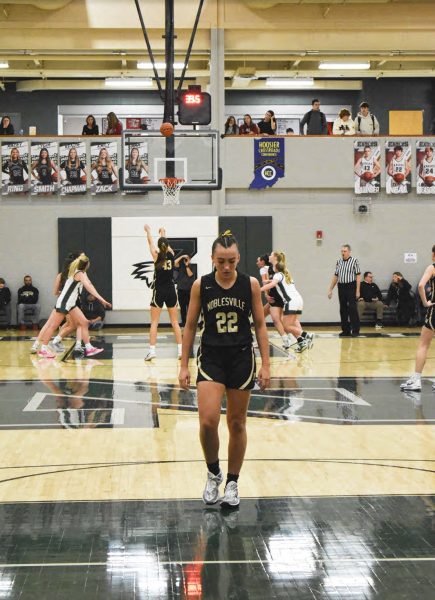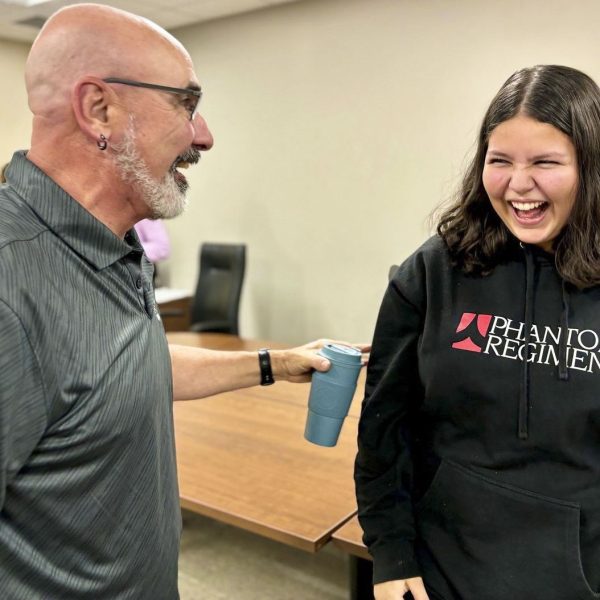NHS through the years
March 7, 2016
A s people explore the racial changes of the U.S. during Black History Month, the general assumption is that racial integration in schools gradually progressed forward.
But, that’s not necessarily the case, especially for NHS. Although the numbers have not changed significantly, the attitudes of Noblesville’s citizens have.
Despite not being officially integrated, Noblesville schools had African American students as early as 1942. Nine African Americans attended NHS out of the 327 students, about three percent, well before required integration.
Then shockingly, in the 70s, Noblesville saw the lowest percentage of black students at only 0.49 percent.
While the schools themselves were not officially segregated before the Civil Rights Movement, racial discrimination was still present in town according to a business owner’s preference.
“[Noblesville] had never been officially segregated,” Hamilton County historian David Heighway said. “There were no laws or signs, but movie theaters, certain restaurants and the pool at Forest Park were all segregated.”
German teacher Cathy Dwyer grew up in Noblesville before coming back to teach. She says the town’s size may have played a roll in why full segregation was never accomplished in Noblesville.
“There weren’t enough kids to have segregation, so there couldn’t be an African American school because we just didn’t have enough population at that time.”
Even though segregation dominated early on, by the end of the 1960s attitudes had shifted.
“I played with African American kids like I played with other kids. We were in Girl Scouts together, we did everything together,” Dwyer said. “We were all friends. I wasn’t [brought] up to think of them as a different [race].”
Although attitudes had changed, geographically, African Americans were still grouped together.
“The location of people of different races, mostly the African American culture, was pretty much located in one area of Noblesville…” Dwyer said. “The south end of town, west of the railroad tracks, down by the river because that’s the older section of Noblesville.”
After the 1970s, the African American population in Noblesville had begun to climb again. In doing so, more African Americans moved to
different neighborhoods and became more integrated in different walks of life. A change of demographics in the town also meant a change inside the walls of the high school.
Although only living in Noblesville for four short years, the changes junior Titi Adeniyan has experienced are significant.
“When I had first moved here, I would guess and say that 95 percent of the people in my school were white,” Adeniyan said. “Now, in the eleventh grade, people of different minorities have moved here and it is more diverse.”
Even as a school with a white majority, seeing representation of different ethnic groups can be important to young people as they grow up, Adeniyan said.
“Representation is important because there are young children that are very influential,” Adeniyan said. “If only white people were teachers, principals, coaches, et cetera, [young children will] grow up to think that only white people are capable of doing such things in the community.”












